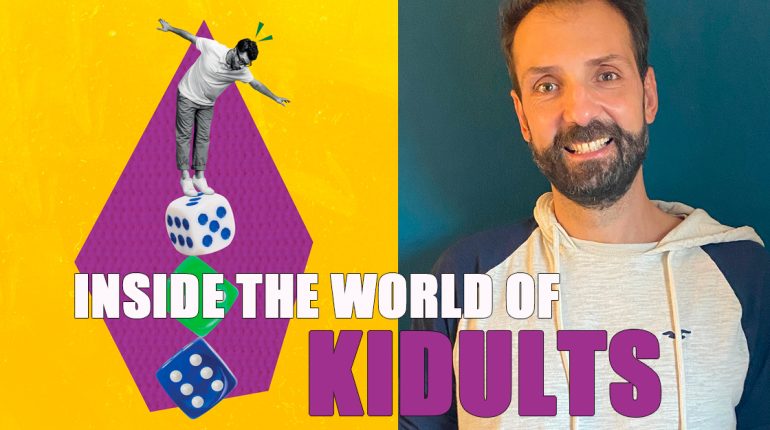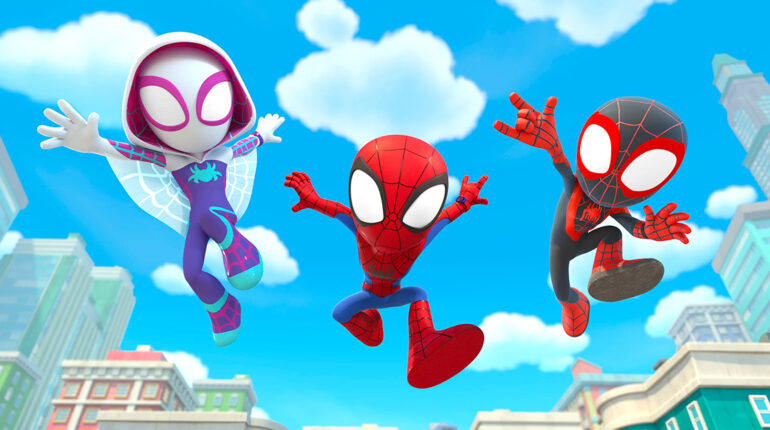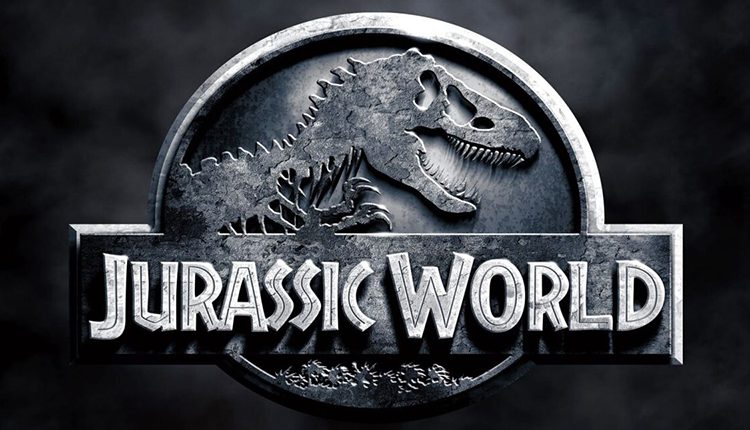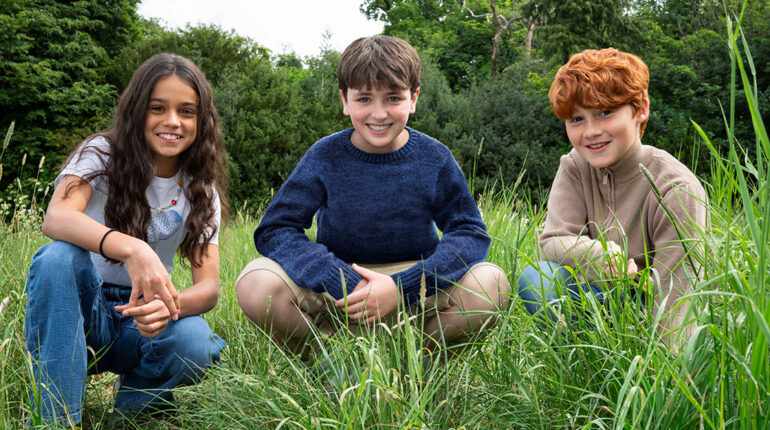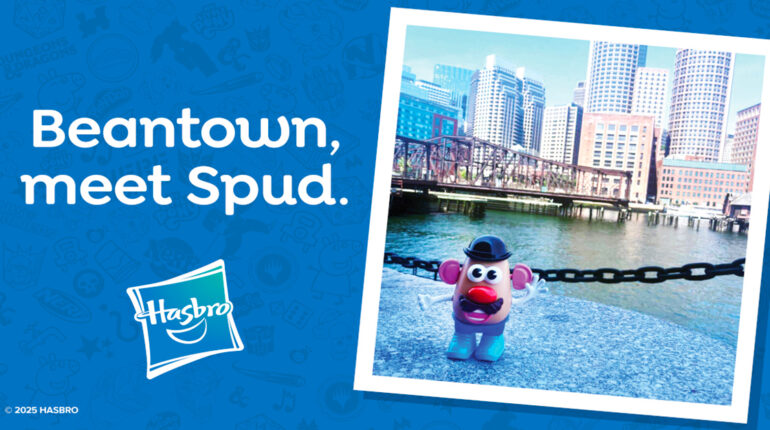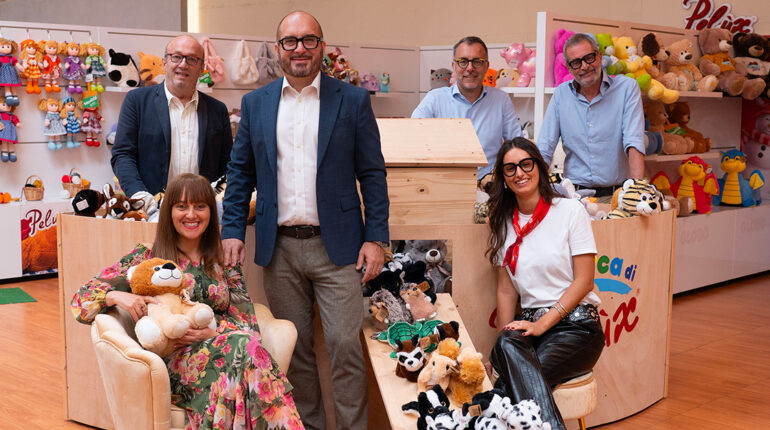Kidult culture has evolved significantly, shifting from a niche to a mainstream phenomenon that now constitutes almost a third of the toy market. This transformation, however, has deep roots and is impacting not only the products offered but also the distribution models. Before understanding how the market is evolving, it’s essential to know who kidults are, where they come from, and why it’s crucial to cater to them. According to Circana, the kidult segment is currently worth €4.5 billion and represents 28.5% of total toy sales (data from the report State of the Toys Consumer: Teens & Adults, an analysis of consumers aged over 12, collectors, and enthusiasts in five major European markets: France, Germany, Italy, Spain, and the United Kingdom). This trend, which first emerged in the 1980s, has expanded from niche to mass, creating both challenges and opportunities for companies and retailers, especially given declining birth rates and age compression, two key market issues. But who are kidults, where do they come from, and how can they be captivated? Retail specialist and fun & collectibles consultant Mattia Coen, with nearly 30 years of experience, explains.
Read this article in Italian
.
Who are kidults?
To answer this question, you start not with products or companies, but with people. The kidult isn’t a “what” but a “who.” While this segment includes teens, the typical kidult is aged 20 to 40—a boomer or millennial—with strong interests in pop culture, spanning movies, digital platforms, social media, comics, and publishing. Kidults, a blend of “kid” and “adult,” make up a broad and varied group, often comprising parents who love sharing their passions with their children. Driven by nostalgia, these former children now have the resources to indulge in their interests and are willing to spend substantially on quality products with iconic childhood connections. They are ready to rekindle old passions or fall in love with new ones, and the market must be prepared to re-engage them.
Some players in the toy market have already adapted their offerings in response to the kidult boom, but not all have done so adequately or have shown resistance to change. Why?
Today, there is a strong resistance to understanding who the kidult really is before deciding what to produce. In the kidult world, attachment and connection to the product are much stronger than with traditional toys or video games, which can be daunting. Toy market resistance stems from various factors. Behavioral, instinctual, and economic habits are hard to break. Many prefer to stick with what they’ve always done, resisting change as much as possible rather than risking new approaches and potentially failing. The main issue is that the kidult market often lacks expertise and professionalism, despite having a lot of passion, which unfortunately isn’t enough.
The Kidult segment exploded during the pandemic, but its roots are much older…
The kidult phenomenon can be traced back to the 1980s and 1990s, with companies like Wizard of the Coast and Games Workshop, which cultivated a subculture that has spread widely. This period also saw the rise of comic book stores and hobby shops that offered the first role-playing games, board games beyond traditional classics, miniatures, and other nerd culture accessories. Today’s kidults are essentially former nerds or geeks. However, these interests are no longer seen as a “guilty pleasure” but rather as a source of pride. This shift in perception has accelerated in the 2000s with the popularization of major franchises like Harry Potter, The Lord of the Rings, and the Marvel Cinematic Universe. Pokémon also contributed by popularizing card games among kids, along with the advent of on-demand TV, linking this market closely with licensing. Then came COVID, which brought about profound changes. During the lockdown, people spent more time at home, often with their kids, rediscovering entertainment-related play, leading to a market boom, with certain product categories seeing a spike in sales. What was seen as a growing trend between 2010 and 2019 has now become a necessity, especially in response to the decline of the traditional toy market.
Some companies realized that kidults were special customers, needing to feel involved and part of the process…
One such company was LEGO, which in the early 2000s was on the verge of bankruptcy but managed to recover thanks to nerd culture with LEGO sets inspired by pop culture like Star Wars and Harry Potter, and especially with the LEGO Ideas project, which involved the fan community. This project was one of the first examples of crowdsourcing, similar to Kickstarter: the community participates in the production process, voting on and choosing which sets to make. LEGO then fine-tunes the selected projects. In this way, the company already knows there’s a large interested audience, making the process more targeted and successful. The problem with the toy industry is often a lack of customer understanding; it starts with the product without considering the consumer. LEGO did the opposite: it asked the customer what they wanted and then developed products based on those requests. We’re witnessing a paradigm shift. Hasbro Pulse, Mattel Creations, and LEGO Ideas are examples of this approach, but not every brand has the strength to follow this path. It’s important to listen, observe, and understand who is on the other side because this means having successful products ready.
From a retail perspective, what must a store do today to attract and win over kidults?
As mentioned, the kidult market differs greatly from the traditional one, a difference that represents a challenge that must be understood deeply. You can no longer run a store as you would 30 or 40 years ago. Changes are needed, and they are needed quickly. Retailers need to “study,” understand their customer base and its needs, know their customers, and specialize accordingly. Creating a merchandising corner in-store may seem like the most immediate, low-cost solution but isn’t the ultimate answer. Merchandising can be a unifying theme, but more is needed. Today, kidults turn to hobby stores because they know they’ll find like-minded enthusiasts capable of offering advice and solutions. Or they go online, as they learned to do during COVID. However, being high-spending customers, kidults are also willing to tolerate a 10-20% price difference if they find what they want in-store and can get it immediately.
What’s the solution, then?
The keyword for toy stores today is “phygital” because they need to make the most of social media and the web while maintaining the human touch that sets them apart from Amazon and other e-commerce platforms. Creating a connection with the customer is essential, as is organizing events and building a community with spaces where enthusiasts can meet. Above all, focus on service: if you don’t offer something more than online, it doesn’t work. Competing with Amazon on its turf is impossible, but you can focus on human relationships, personal contact, professionalism, customer knowledge, empathy, and experience creation. Retailers must be informed about the products they sell, able to interact with customers, and offer items that are hard to find elsewhere. They must provide a service that makes customers feel they’re in the right place. A toy store should become the Third Place, where people spend time outside of home and work. When it comes to kidults, simply creating a “themed corner” isn’t enough; it doesn’t truly embrace the phenomenon and doesn’t achieve real innovation.
In caso di citazione si prega di citare e linkare toystore.biz

